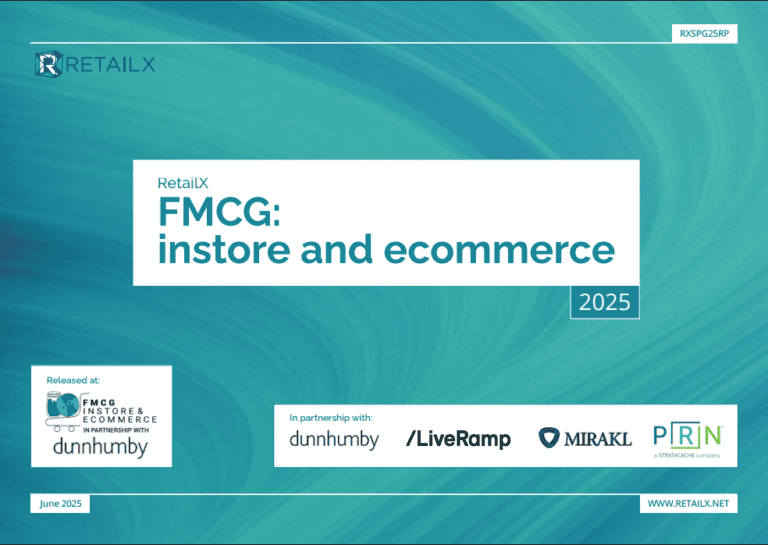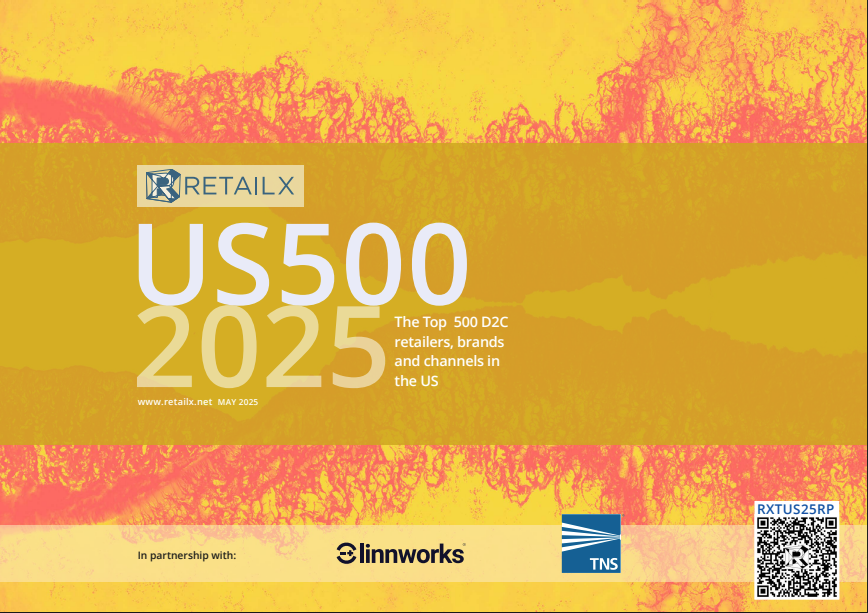This Easter bank holiday weekend has seen the Etail Interns (OK, my kids if you must know) taken to every 3D movie that’d accept them. “How to Train your Dragon” was a hoot but apart from a couple of obvious Viking-Prow-Juts-Into-Audience tropes, the film was notable only for the fact the kids (oops, tax-deductible interns) largely ignored the 3D in favour of the romping story.
Sharp's 2D to 3D image switch
My attention, however, was on the adverts for 3D tellies. I was still dedicating a small percentage of my brain’s processing power to mulling over how much better the Staff Canteen at Etail Towers would be with a 3D telly when I read that Sharp have a working 3D mobile up, running and about to hit our stores.
3D mobile touchscreen from Sharp (c) Reuters
The new touchscreens (above) are 3.4″ diagonal (86mm) and for the most part operate as a standard LCD colour screen. At the flick of a switch, however, the screen creates a series of barriers on the screen (“parallax barriers”) that mean the image seen by each eye is slightly different. In the past this was accomplished with thick, light-sapping physical grids or polarising filters, but the new Sharp approach means that the screen is barely thicker than a normal 2D screen, and that the 2D image is at nearly the quality of a non-3D screen.
Sharp explains their 3D technology here, and for the historians among you here’s a link to some old Sharp Laboratories of Europe content on the state of the 3D art c2003…
It’s not yet clear how the image rendering will work. There’s no stereographic camera on the front of the demonstrated mobile so this indicates that the screen can display images that are optimised for 3D. These images could be delivered via mobile browsers and one can imagine that certain mobile web apps will include 3D-ready product images. Clearly, this will be a cost to retailers, photographing products ready for 3D, but for furniture and other high-ticket goods the benefit of having an enhanced view is significant.
Until now the orthodoxy was that Augmented Reality would give 2D visions of 3D space, but the effort of disseminating applications to interpret the video streams and the barcodes has so far limited takeup. The benefit of a 3D screen is the ubiquity of the technology and its tolerance of “normal” video alongside “enhanced”. A technology is always adopted with greater gusto where it doesn’t require the whole world to change overnight to suit its needs…
An exciting development, and one we’ll return to via M-Retailing.com (our new channel dedicated to the mobile in multichannel retail).








